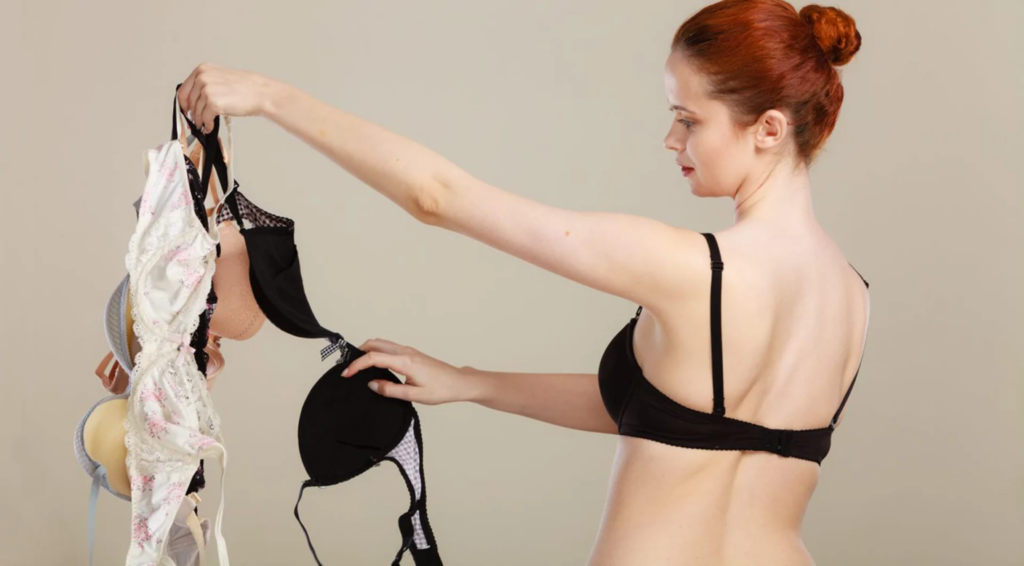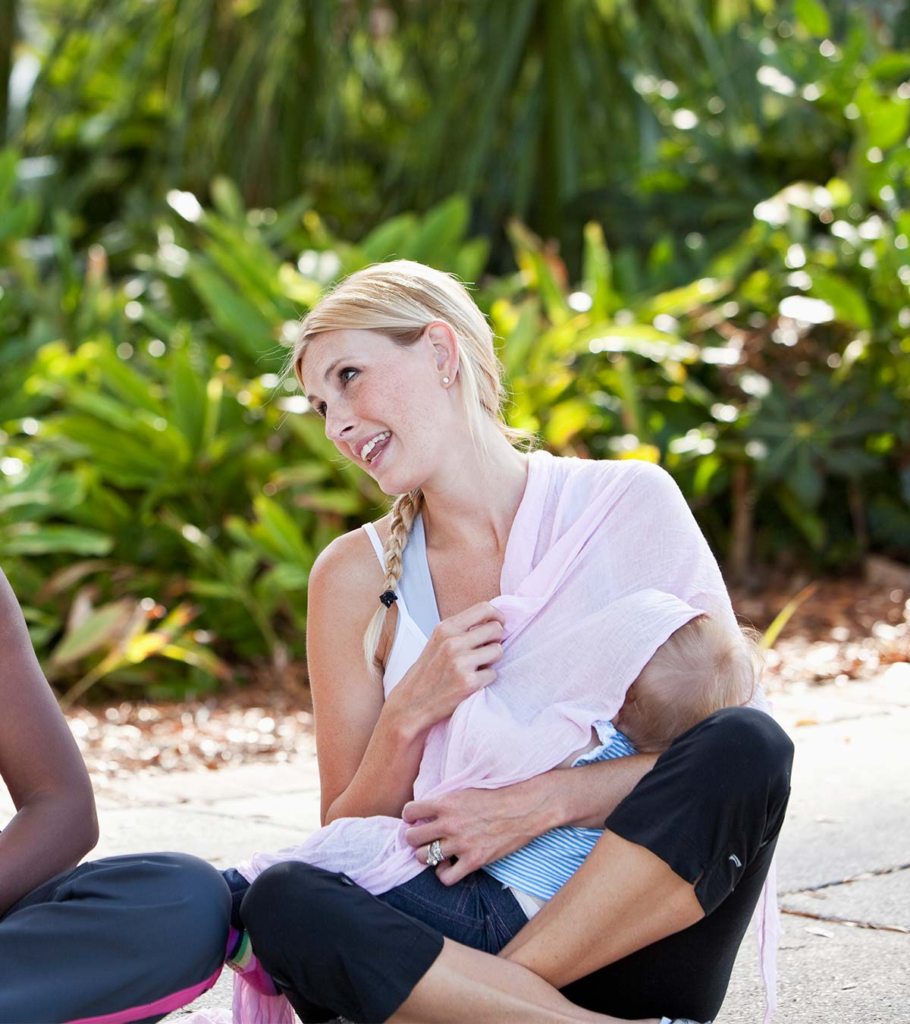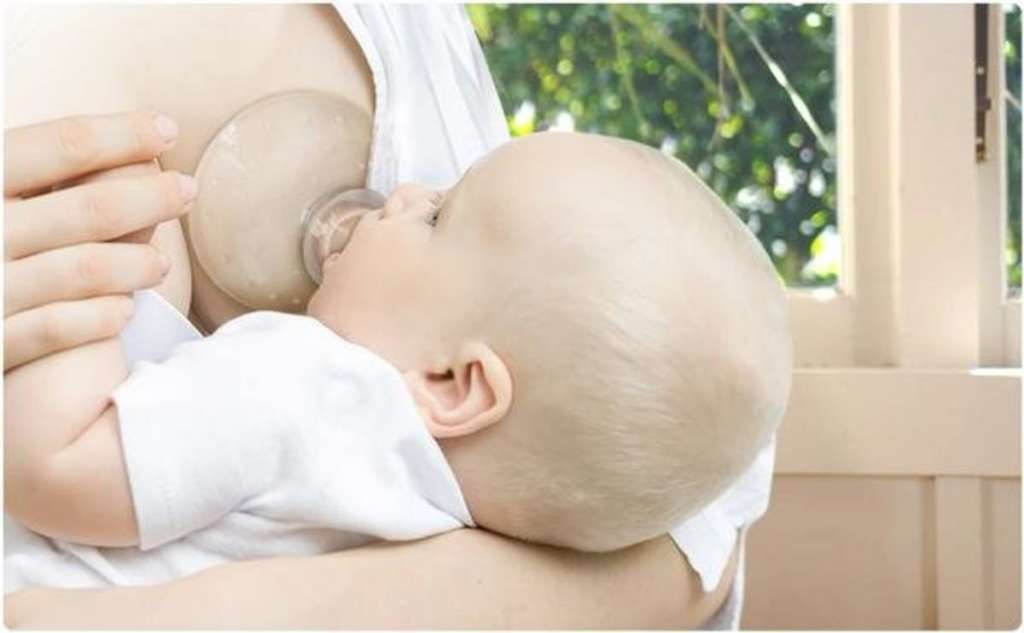A lot of mothers must be well-versed with this one statement, “Breastfeeding is a natural process. You know what you have to do, it’s no big deal!” But, the reality is completely contrasting. Breastfeeding is a skill that needs to be learned. In the beginning, both the mother and the infant struggle to develop a suitable breastfeeding routine. When breastfeeding complications arise, many mothers feel like failures due to misconceptions and a lack of knowledge about breastfeeding.
Stop putting more unrealistic expectations on women’s shoulders. Tell them it is fine if she is having difficulties while breastfeeding her infant. It is fine to seek appropriate help and advice from a lactation consultant if necessary. That is, in fact, the prudent course of action.
The truth is that all mothers struggle with breastfeeding in the early stage when their baby hasn’t learned to latch properly and their milk production has not been stabilized. There’s an overabundance, an underabundance, soreness, engorgement, painful and cracked nipples, and a slew of other issues. We must assist new mothers in their breastfeeding endeavours.
In India, there are a plethora of goods available to assist both the mother and the infant in having a positive nursing experience. This article will explain what nursing supplies are required for a comfortable and pain-free breastfeeding experience.
1. Nursing Bra

Get a couple of nursing bras if you don’t want to strip them every time you breastfeed. These bras are simple to put on and take off. They have a hook that pulls one of your breasts open. Breastfeeding sessions are substantially easier when a nursing bra is worn with nursing nighties.
Pull-up bars are sure to work well but come with the drawback of being a little tight, especially when one side of the bra cups one breast tighter while the other side cups the other breast tighter. When you’re a nursing mother, you can’t afford to wear tight clothing because it engorges your breasts.
Go for a size up, if you still want to wear a pull-up bra for comfort.
2. Nipple Cream

Almost every nursing mother suffers from sore nipples at some point. Nipple creams and ointments can be extremely beneficial in moisturizing, soothing, and healing dry, cracked, and irritated nipples.
There are many different types of nipple creams available, and deciding which one to use can be difficult at first. Many moms choose lanolin-based breast lotions because they are calming. Other mothers choose a more natural nipple cream. You may need to experiment with a few different types to find the one that works best for you.
Because sore and cracked nipples are most prevalent in the early days of breastfeeding, it’s a good idea to get at least one nipple lotion before your baby is born.
3. Nursing Cover

When you go shopping or on a walk with your baby, she may have hunger pangs. I’ve fed my baby in the car several times myself. You can cover your infant with a regular blanket or the end of your saree, but newborns appear to dislike it. They become irritable and defiant.
Using a breastfeeding cover would be the best option. These coverings feature a head opening and also provide air and light for your baby, so she is not afraid of the dark when you cover her up. It also allows you to watch your baby so you can monitor his activities.
You can either buy one online or use your dupatta or saree’s pallu to cover it while feeding your baby. In winters, shawls and stalls are your ‘breast friends’!!
4. Water Always and Forever

When you’re breastfeeding, you should drink twice as much as you normally would since staying hydrated is crucial. You may even pass out if you do not drink enough water. Breastfeeding isn’t a kid’s game.
Always have a water bottle with you so you can drink water before and after each feeding session. Understandably, drinking plain water becomes monotonous. Milk, fruit juices, and fruit-infused water are some other options that you can try and keep handy. Although, wherever possible, I strongly advise you to eat fruits whole rather than juicing them.
5. Breast Pump

Many women believe that only moms who solely pump breast milk to feed their newborns require breast pumps, whereas mothers who feed their kids directly do not.
Even if you breastfeed directly, you’ll need at least a manual breast pump. There may be instances when you need to leave your newborn at home. During these times, a breast pump can help you preserve some milk at home, which can then be fed to your baby by a nanny while you’re away. When I had doctor’s visits or went shopping, I used a manual pump to save milk.
Your baby will go through growth spurts as she gets older, which causes an increase in demand. This is known as cluster feeding, and it occurs when your baby demands milk more frequently than usual, making it appear as if she is constantly at your breasts. While a carer feeds your baby, you can get some sleep by storing some milk with a breast pump.
6. Nursing Pads

Once your milk starts to come in, there is no going back which is supposed to happen within the first week post-delivery. Your breast will get engorged, you might experience some discomfort while breastfeeding, especially when there are feeding gaps which might happen because your body will need lots of rest too.
Your breasts will leak milk at these times, flooding your clothes and bed. When you only get a few hours of sleep, you don’t want to be bothered with a moist feeling.
Wearing a nursing pad to absorb the leaky milk and avoid wetting your clothes is recommended. Breast milk often produces white stains on your clothes, which you can avoid by wearing nursing pads. Nursing pads are available in both disposable and reusable types.
7. Nipple Shields

A nipple shield is not for every mother who is breastfeeding, and it should only be used under the direction of a doctor or lactation professional. However, nipple shields can be a great help when it comes to nursing, especially if your infant is having difficulty latching.
When breastfeeding a preemie, breastfeeding with flat or inverted nipples, or nursing a baby who has trouble latching on to your breast, nipple shields may be beneficial. Nipple shields are available in a variety of sizes and should be fitted by a lactation professional.
7. Nipple Shields

By raising your baby to the level of your breast, a comfy nursing cushion can assist support them. Nursing pillows may be especially beneficial for parents who have large breasts, are recovering from C-sections, or are breastfeeding twins. Nursing cushions are also useful when trying out different breastfeeding positions, such as side-lying—a lifesaver for tired new moms!
A nursing pillow can also help you, nurse, more comfortably by reducing tension on your back, neck, shoulders, and arms. In reality, some moms use nursing pillows to support themselves when they position their infant at the breast, rather than to support their newborn.
Look for a nursing pillow that is neither too hard nor too soft and is constructed of a material that allows for various breastfeeding positions. You’ll probably only need one breastfeeding cushion, though some parents prefer to keep a few extras on hand.
Women do not receive the help they deserve, and their problems are frequently normalized and overlooked. Let’s provide new mothers with the support they need to establish a good breastfeeding relationship with their children.
Pass on the information by sharing the article with a mother you know. If you know a new mother, give her a breastfeeding essential that will assist her in her breastfeeding journey.
